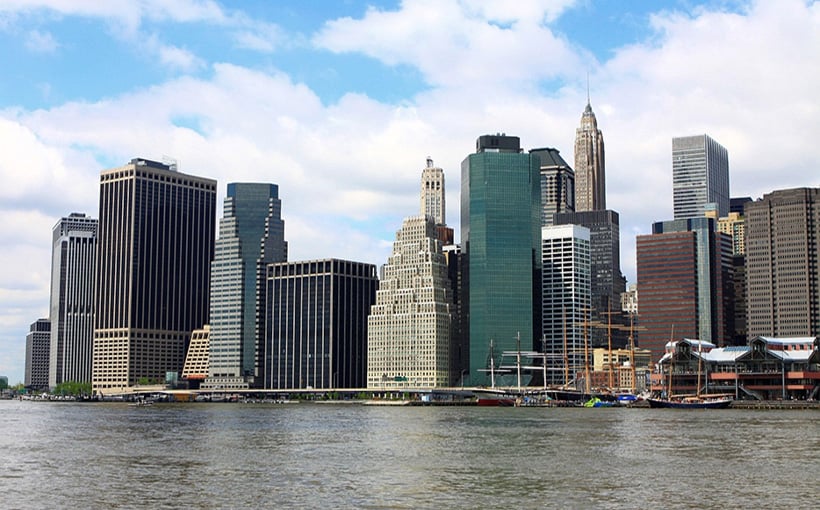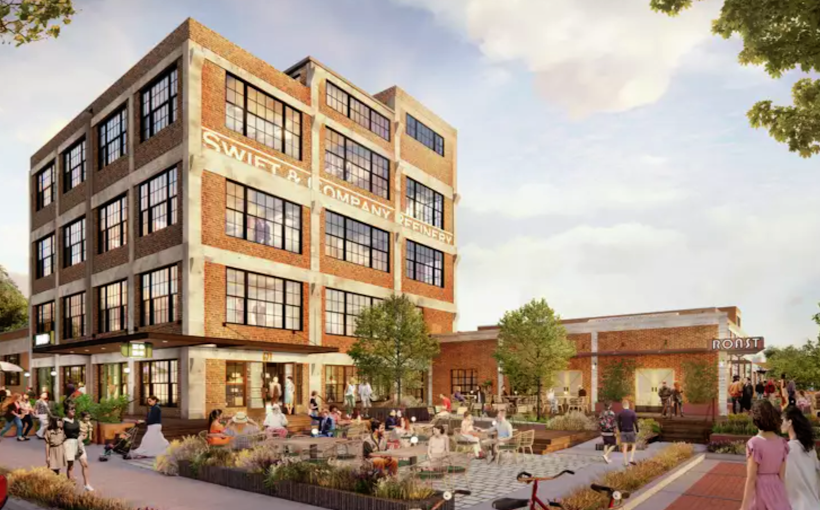Both San Francisco and New York City buck the national trend with a strong quarterly performance, according to the July 2023 VTS Office Demand Index (VODI) quarterly report
NEW YORK–(BUSINESS WIRE)–Despite consistent news around employer’s return-to-office efforts, often met with employee resistance, data suggests that employers are no more active in finding office space than they were nearly 18 months ago, according to the quarterly VTS Office Demand Index (VODI). The VODI tracks unique new tenant tour requirements, both in-person and virtual, of office properties in core U.S. markets, and is the earliest available indicator of upcoming office leasing activity as well as the only commercial real estate index to explicitly track new tenant demand.
Nationally, demand for office space fell 15.9 percent quarter-over-quarter to a VODI of 53 from 63 in March 2023, and 15.9 percent annually. The demand downshift is typical behavior in the second quarter as demand typically peaks in the early spring and falls incrementally into the summer months before picking up before the holidays. However, excluding the prime pandemic years of 2020-2021, the second quarter shift in 2023 was more dramatic than in previous years. In 2018, demand fell by 0.9 percent, and by 4.5 percent in both 2019 and 2020. A VODI of 100 is considered normal based on historical norms.
“There is a disconnect between what we’re hearing in the news and what we’re seeing on the ground. City leaders and employers have by and large publicly stressed their desire to get employees back into the office, but inside their walls, their executives are dealing with analysis paralysis,” said Nick Romito, CEO of VTS. “With today’s market conditions and the push-pull of getting employees back into the office, many employers are simply uncertain if now is the time to make bets on office space. Others are full steam ahead, capitalizing on more favorable lease terms. Right now, the former is dominating the market, and we predict that will continue for the foreseeable future.”
While major commercial real estate markets typically experience the same downshift in demand in the second quarter, this year, New York City and San Francisco bucked the trend. San Francisco experienced a recent spurt of new demand growth, as indicated by 10.2 percent quarter-over-quarter growth, to which much of their year-over-year growth of 5.9 percent is attributable.
In New York City, demand for office space was nearly flat for the quarter, down just 3.9 percent, and was up 7.4 percent for the year. Of all office markets covered, New York City is the strongest performer with a VODI of 73 (new demand for office space is 73 percent of pre-COVID levels).
“What makes New York City such a strong market relative to others is the mix of office jobs and an influential culture of in-office work. Employers make their choices in packs, typically led by a pillar company. New York City’s pack is heavy in-office,” said Ryan Masiello, Chief Strategy Officer of VTS. “In struggling office markets like Seattle, pack leaders like Amazon and Microsoft are having difficulty getting employees back in the office. They want them back but are creating loose rules around it, so it’s not sticking. Once they make a hard-fast shift, others will follow suit.”
Q2 2023 VTS Office Demand Index (VODI)
| National | BOS | CHI | L.A. | N.Y.C. | S.F. | SEA | D.C. | |
| Current VODI (June/Q2) | 53 | 28 | 43 | 56 | 73 | 54 | 37 | 36 |
| Quarter-over-Quarter VODI Change (%) | -15.9% | -50.9% | -20.4% | -12.5% | -3.9% | 10.2% | -24.5% | -44.6% |
| Quarter-over-Quarter VODI Change (pts.) | -10 | -29 | -11 | -8 | -3 | 5 | -12 | -29 |
| Year-over-Year VODI Change (%) | -15.9% | -39.1% | -35.8% | -23.3% | 7.4% | 5.9% | -32.7% | -41.9% |
| Year-over-Year VODI Change(pts.) | -10 | -18 | -24 | -17 | 5 | 3 | -18 | -26 |
Boston, Washington, D.C., Seattle, and Chicago all saw demand for office space fall significantly in the second quarter, down 50.9, 44.6, 24.5, and 20.4 percent, respectively. Each of the markets also experienced year-over-year declines in demand for office space, with Washington, D.C., experiencing the greatest decline of 41.9 percent. Of all major office markets covered in this report, the rate of new demand for office space is lowest in Boston, with a VODI of 28.
About VTS
VTS is the commercial real estate industry’s only technology company that unifies owners, operators, brokers, and tenants in a single platform to capitalize on opportunities revealed in every square foot of their properties. In 2013, VTS revolutionized the commercial real estate industry’s leasing operations with what is now VTS Lease. Today, the VTS Platform is the largest first-party data source in the industry, transforming how strategic decisions are made and executed by CRE professionals across the globe.
With the VTS Platform, consisting of VTS Lease, VTS Market, VTS Activate, and VTS Data, every business stakeholder in commercial real estate is given real-time market information and workflow tools to do their job with unparalleled speed and intelligence. VTS is the global leader, with more than 60% of Class A office space in the U.S., and 12 billion square feet of office, retail, and industrial space is managed through our platform worldwide. VTS’ user base includes over 45,000 CRE professionals and industry-leading customers such as Blackstone, Brookfield Properties, LaSalle Investment Management, Hines, BXP, Oxford Properties, JLL, and CBRE. To learn more about VTS, and to see our open roles, visit www.vts.com.
Contacts
Eric Johnson
VTS
eric.johnson@vts.com
Lauren Riefflin
Kingston Marketing Group
lauren@kingstonmarketing.group
Jullieanne Cueto
Marino
jcueto@marinopr.com



